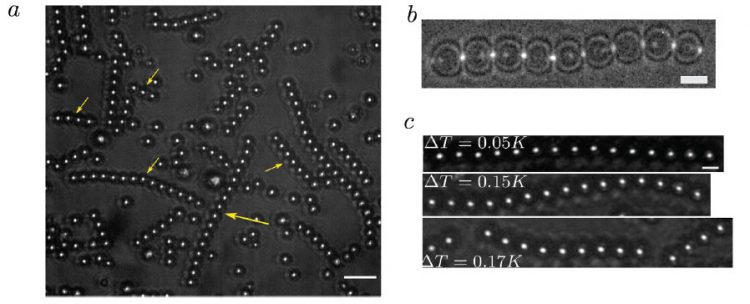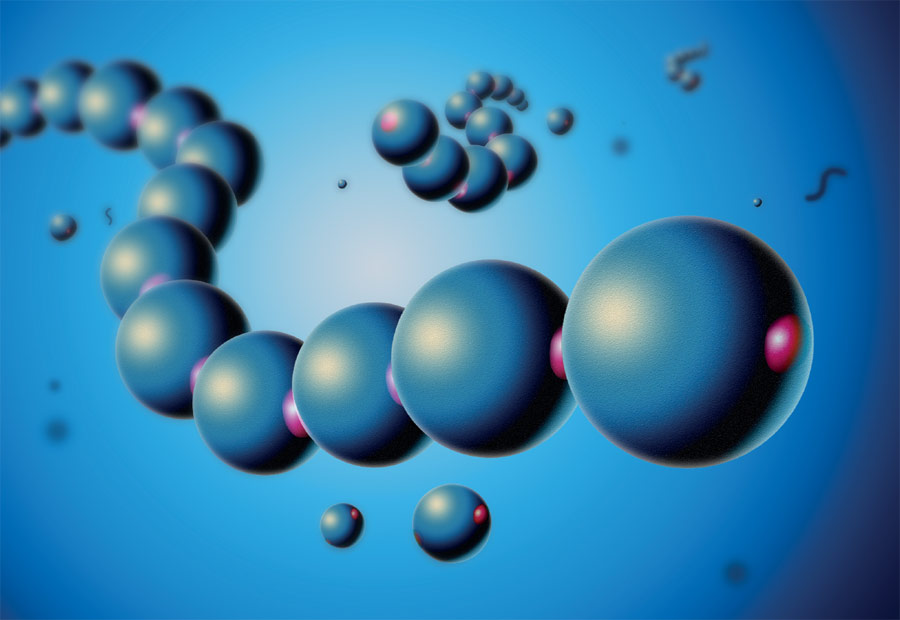The viscoelastic properties of filaments and biopolymers play a crucial role in soft and biological materials from biopolymer networks to novel synthetic metamaterials. Colloidal particles with specific valency allow mimicking polymers and more complex molecular structures at the colloidal scale, offering direct observation of their internal degrees of freedom. In this project, we elucidate the time-dependent viscoelastic response in the bending of isolated semi-flexible colloidal polymers, assembled from di-patch colloidal particles by adjustable critical Casimir forces. By tuning the patch–patch interaction strength, we control the polymers’ viscoelastic properties, and follow bending fluctuations and their decay directly on the particle level. We find that the elastic response is well described by that of a semiflexible rod with persistence length of order 1000 mm, tunable by the critical Casimir interaction strength. We observe viscous relaxations on longer timescales and associate them with internal friction, leading to a wavelength-independent relaxation time similar to single biopolymers. In the colloidal case, however, this internal friction arises from the contact mechanics of the bonded patches. These tunable mechanical properties of assembled colloidal filaments open the door to ‘‘colloidal architectures’’, structures with rationally designed topology and mechanical properties.
The picture above shows an artist’s impression of the colloidal polymer: it is composed of particles with opposing patches, which upon attraction make the particles assemble into polymers. Sitting in the solvent, these model polymers exhibit bending fluctuations that allow us to determine the polymer’s bending rigidity and viscoelastic properties. To do so, we track the polymers in real space (see Fig. 1 for bright microscope images of the colloidal polymers), and determine bending modes by Fourier transformation. The resulting mode amplitudes are shown in Fig. 2, together with the wavevector dependence of these modes. From this dependence, we determine the bending rigidity of the model polymer.


